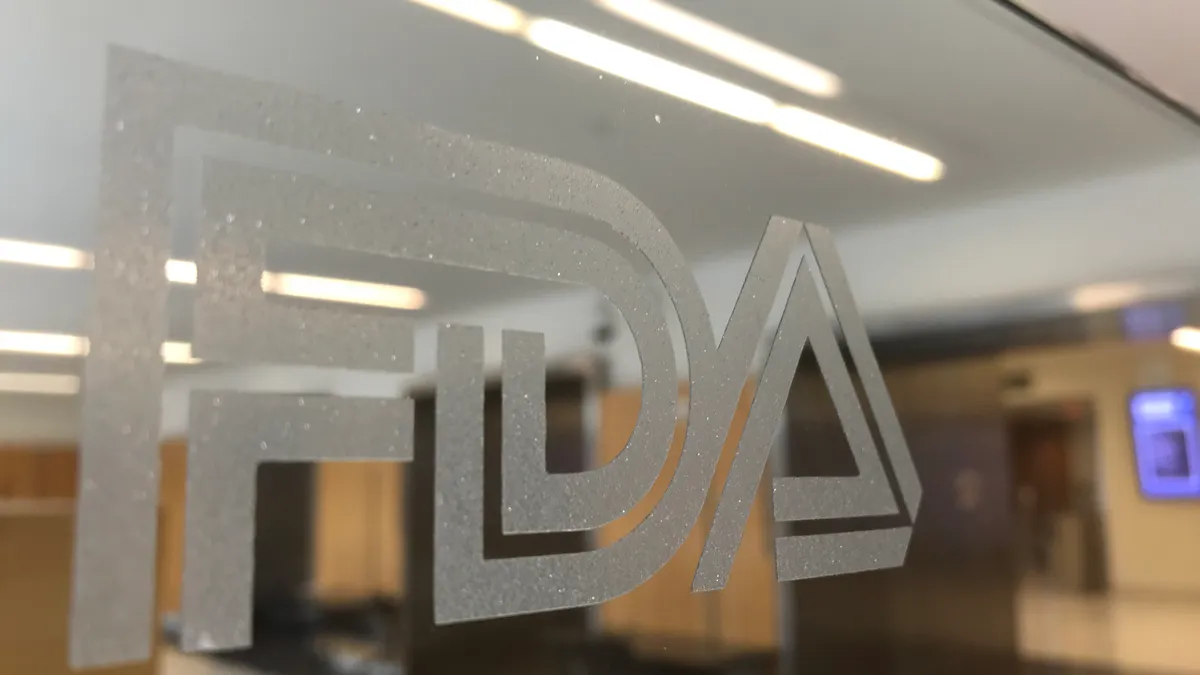Dive Brief:
-
FDA is working with the Centers for Disease Control and Prevention on a plan for resuming routine on-site inspections of medical device manufacturers and other companies it regulates.
-
In March, FDA issued separate updates announcing postponement of foreign and domestic inspections alike, with the exception of some inspections deemed "mission critical."
-
In a statement posted Monday, FDA Commissioner Stephen Hahn said routine domestic and overseas inspections remain on hold for now, but the agency is working to resume them in line with the White House guidelines on reopening America. "We expect this to be a phased approach driven by scientific data."
Dive Insight:
Amid the coronavirus outbreak reaching pandemic level in March, FDA stopped routine inspections of domestic and international facilities. Under the revised policy, the agency would perform inspections seen as “mission critical” while relying on off-site monitoring and the commitment of companies to quality in the absence of in-person regulatory oversight to maintain standards during the public health emergency.
Although parts of the U.S. economy are starting to reopen, the restrictions imposed by FDA in March are still in place. Hahn said the postponement of on-site inspections “will continue as local, national and international conditions warrant.”
The agency is working to get its inspection program going again, though. In partnership with CDC, Hahn and his colleagues are developing “a process that would govern how and where to return to on-site facility surveillance inspections,” the FDA commissioner said. The process will adopt the criteria for resuming activities detailed in the White House strategy for reopening the U.S. economy.
In the meantime, the agency is more reliant than usual on the self-monitoring of companies, some of which may be facing disruptions related to the coronavirus and actions to curb its spread.
FDA acknowledged that companies may be suffering disruptions in a guidance document updated on the same day as Hahn’s statement. The guidance details how manufacturers of all products regulated by FDA should handle postmarketing adverse event reporting if they lack the capacity to comply with regulations that are in place in normal times.
The agency originally published guidance on the topic in 2012. At that point, three years after the H1N1 pandemic, the focus was on adapting reporting processes to an influenza outbreak. FDA adapted the guidance to pandemics more broadly in March in response to the spread of the coronavirus, but kept the core messages of the 2012 document in place.
The revised version published Monday introduces further tweaks. Throughout the text, FDA has removed references to “normal” reporting processes, replacing them with the phrase “reporting as required by statute and regulation.” The agency has also tweaked its position on the resumption of reporting after the pandemic. The updated guidance states companies may be expected to resume reporting whenever FDA tells them to do so.










